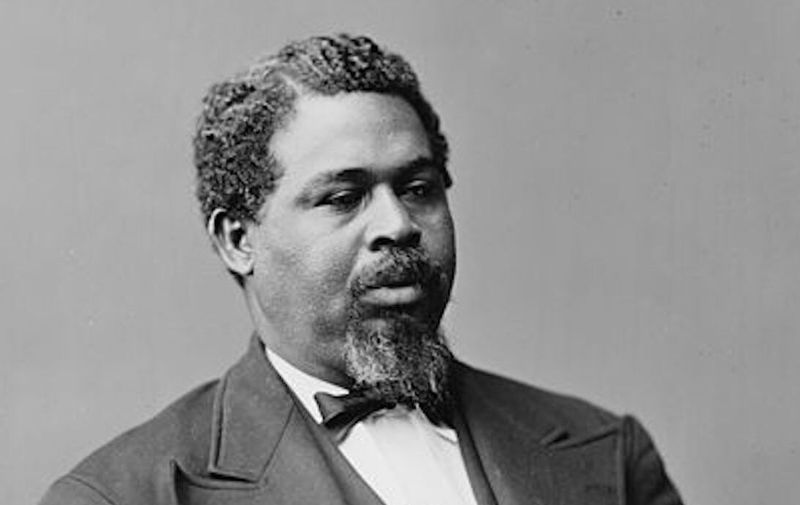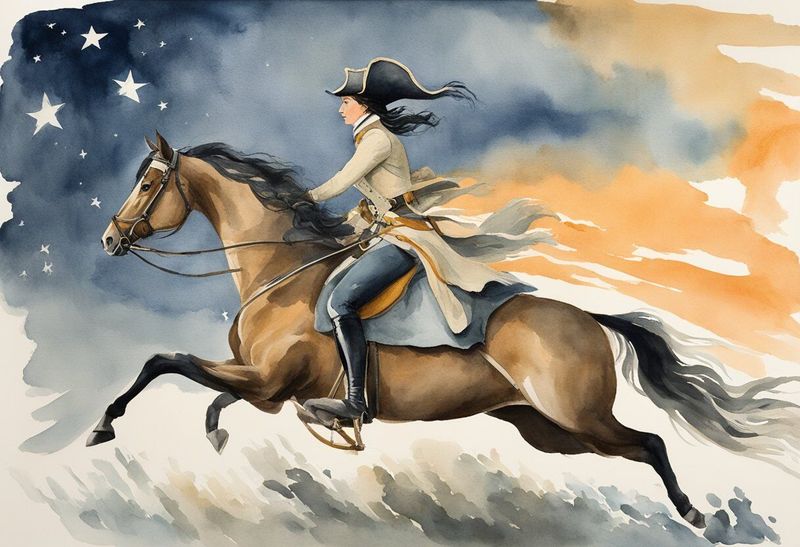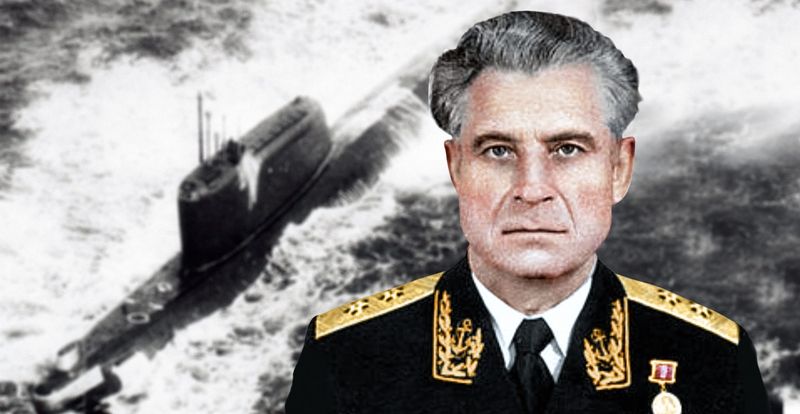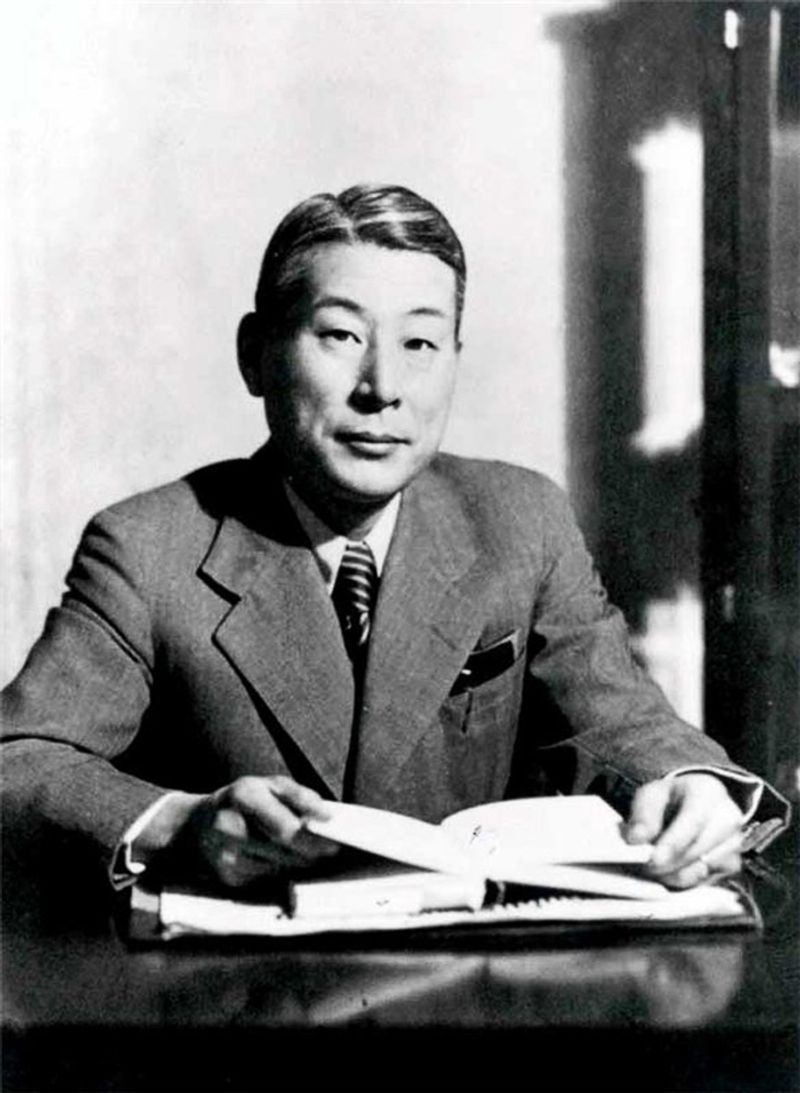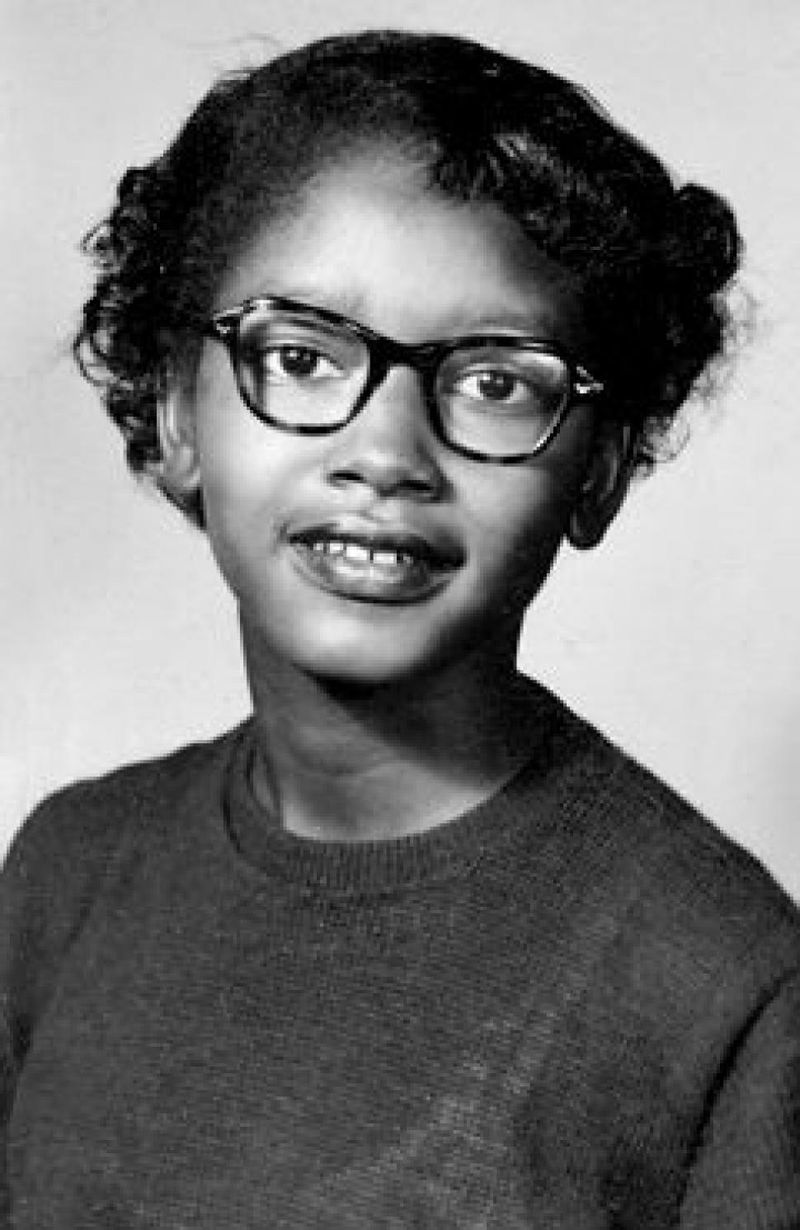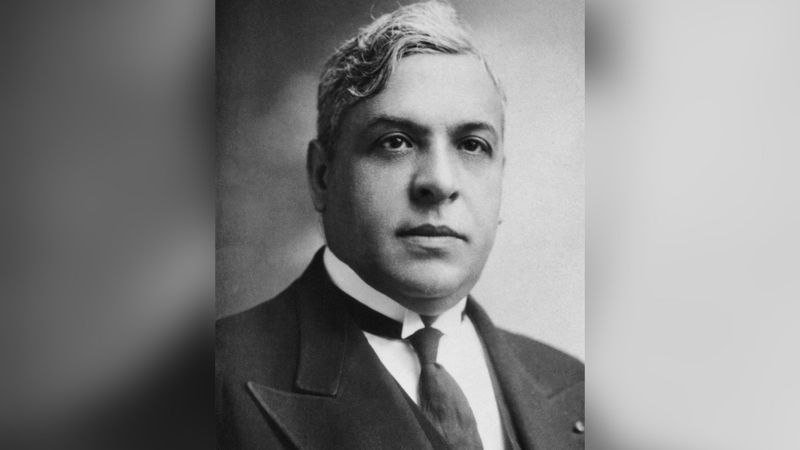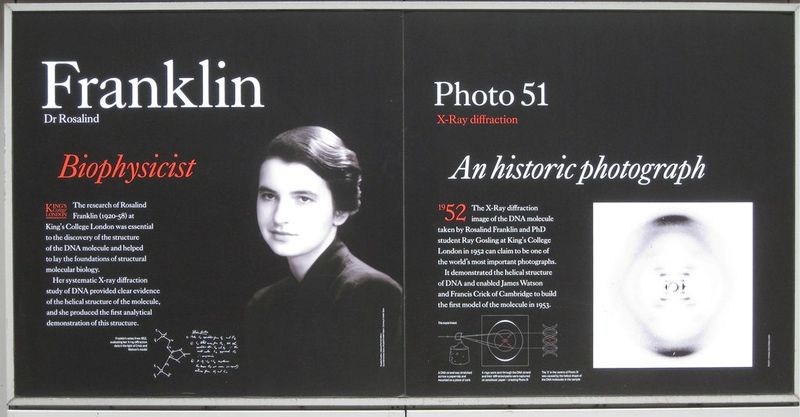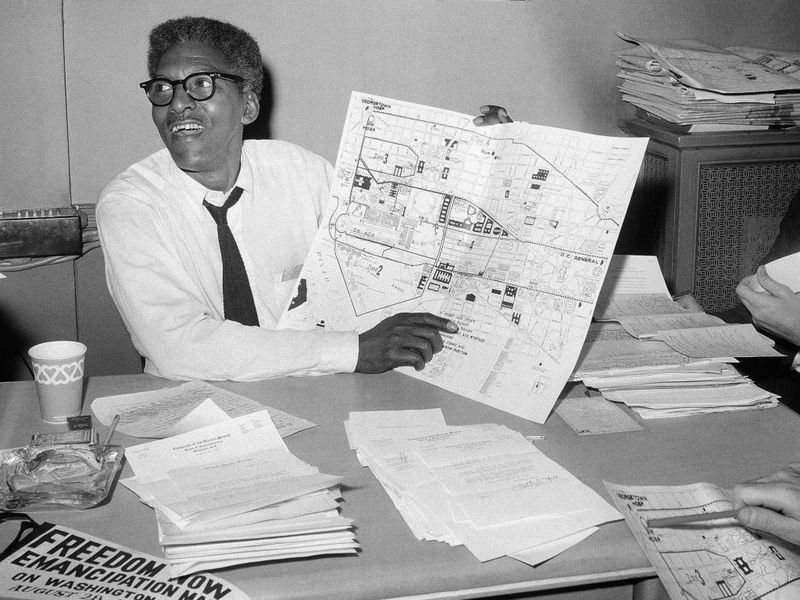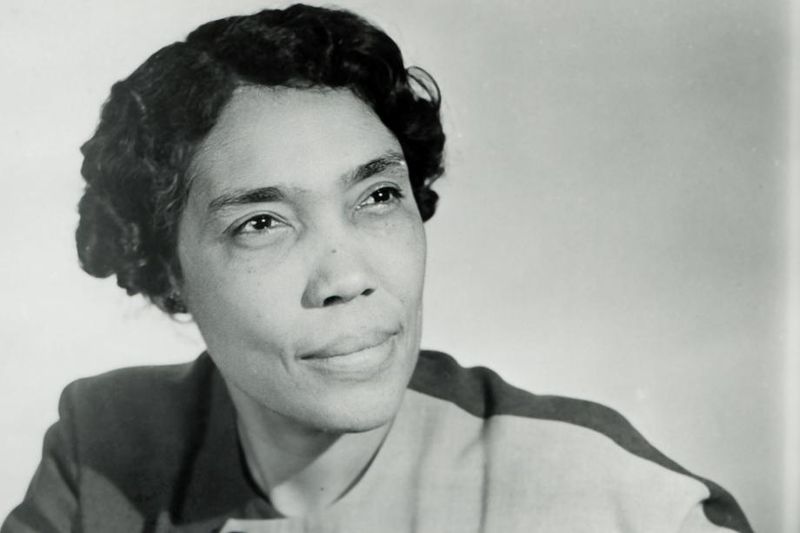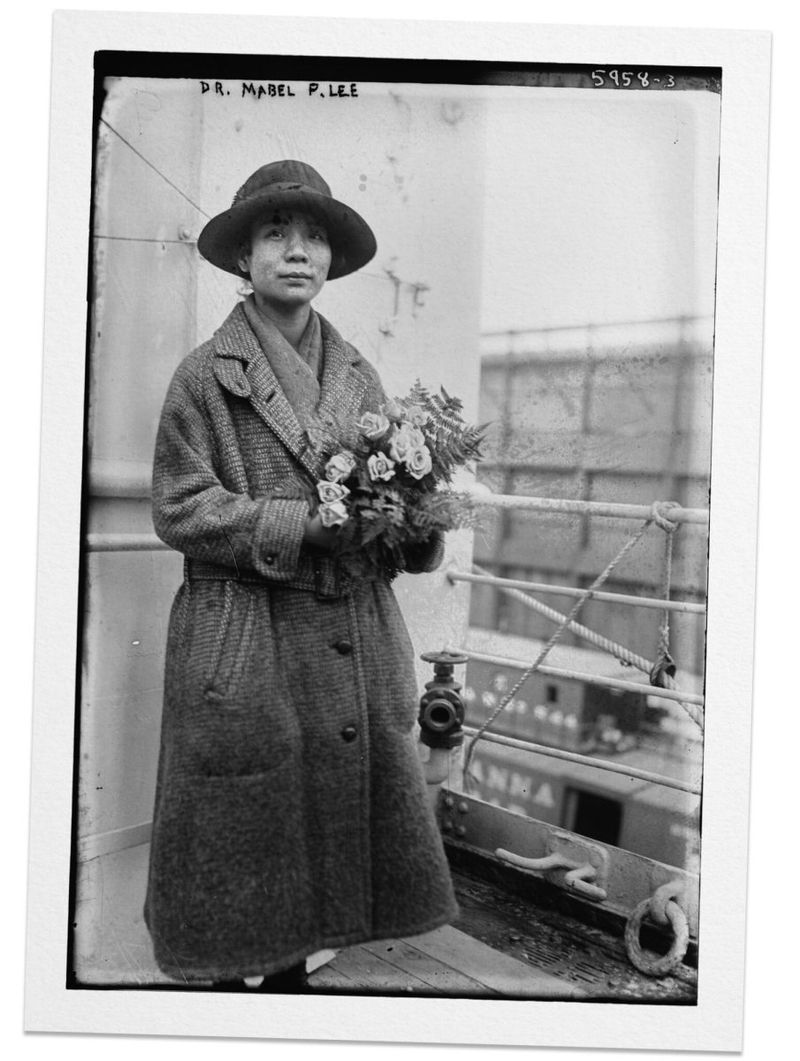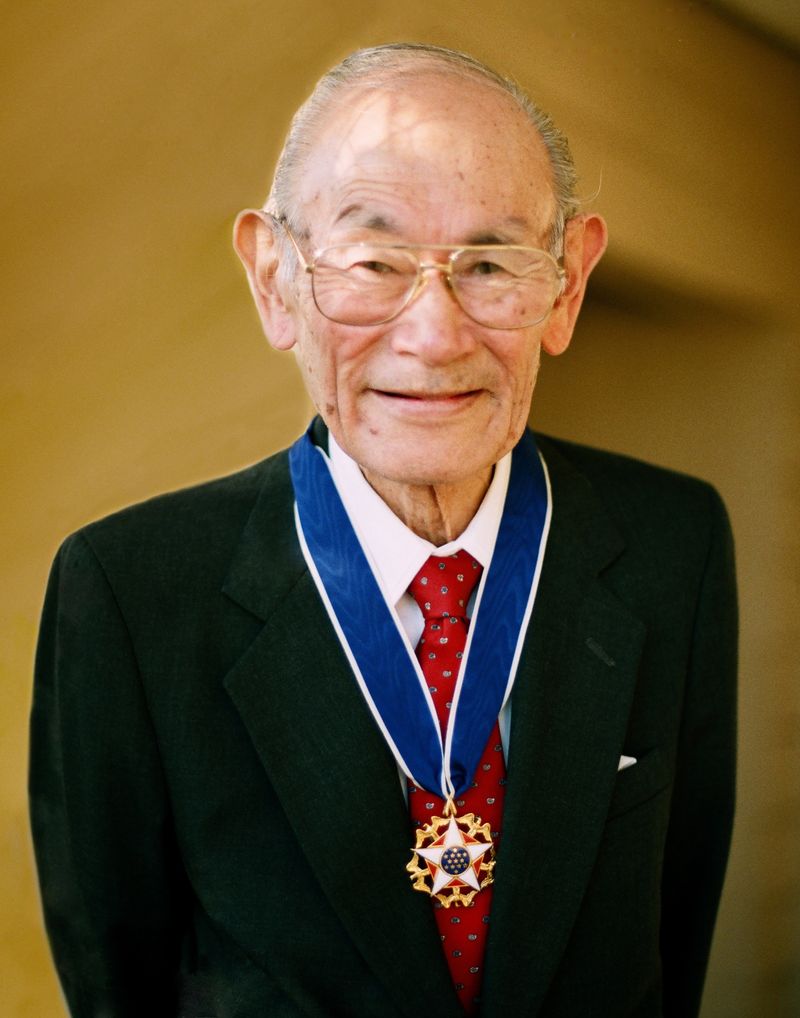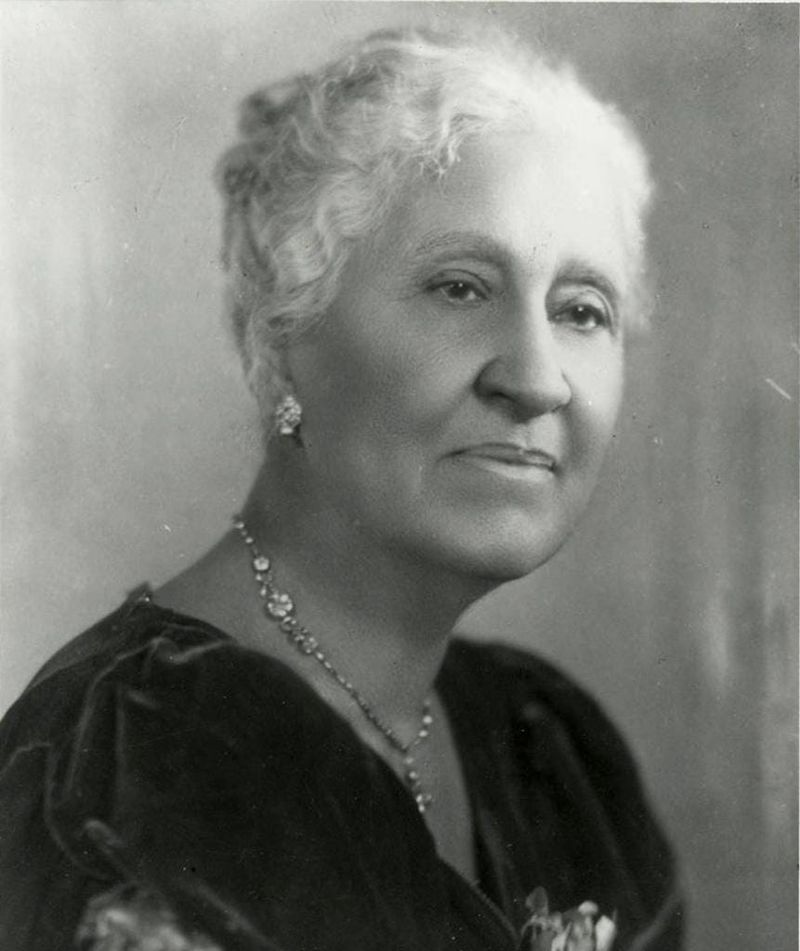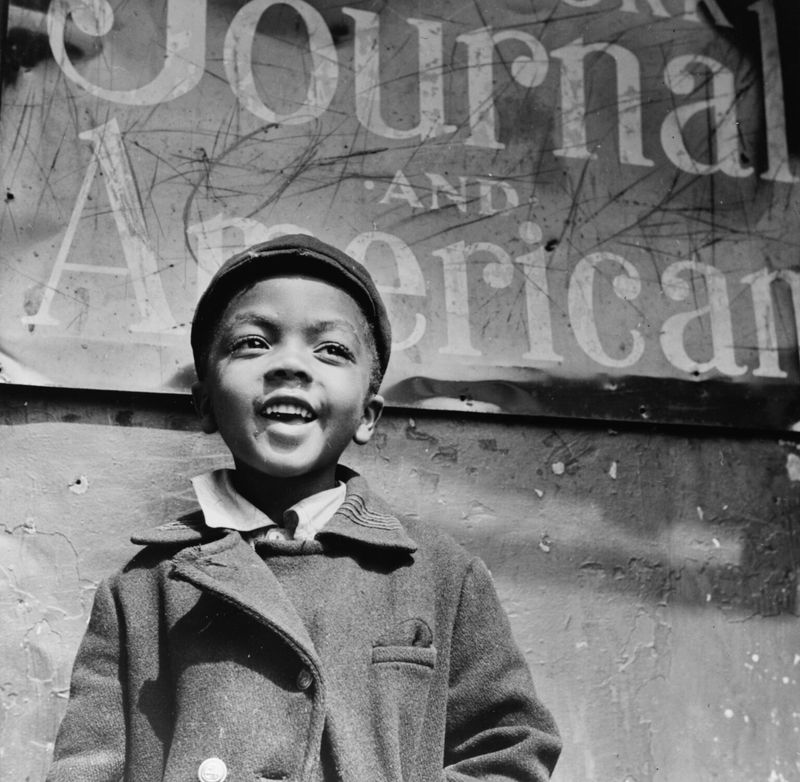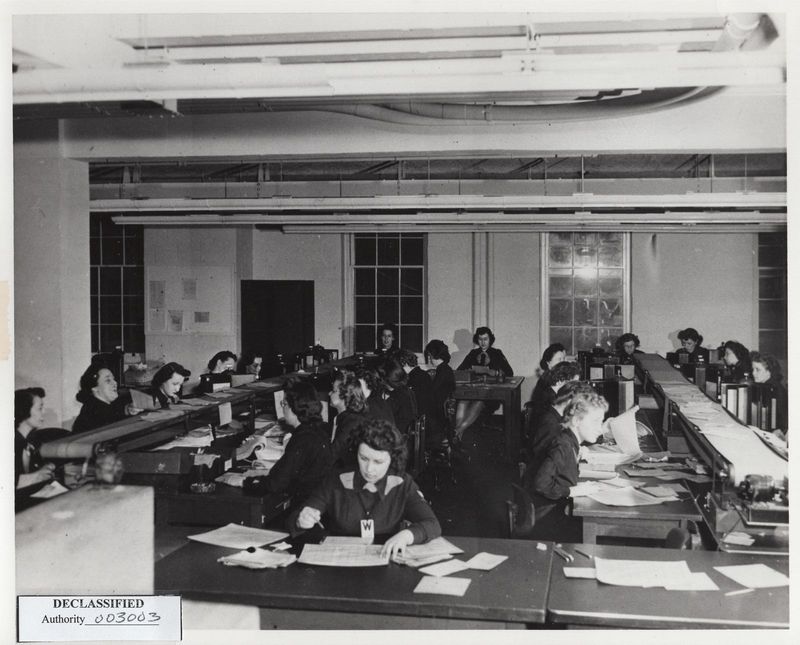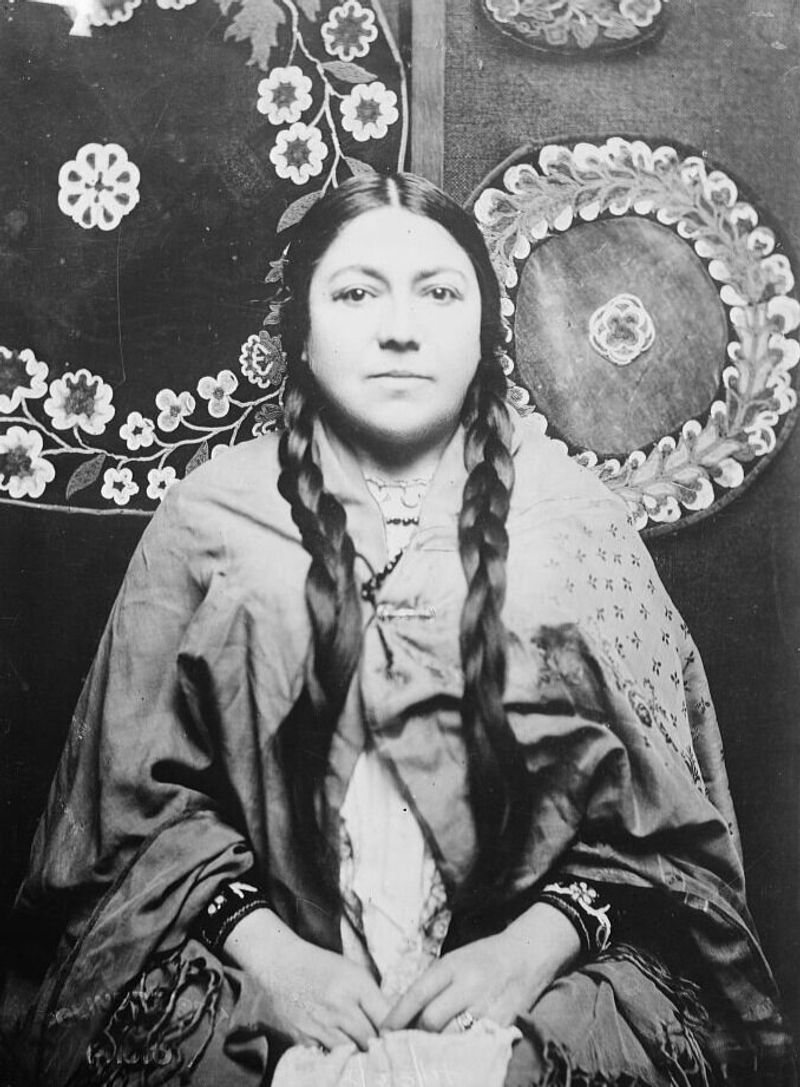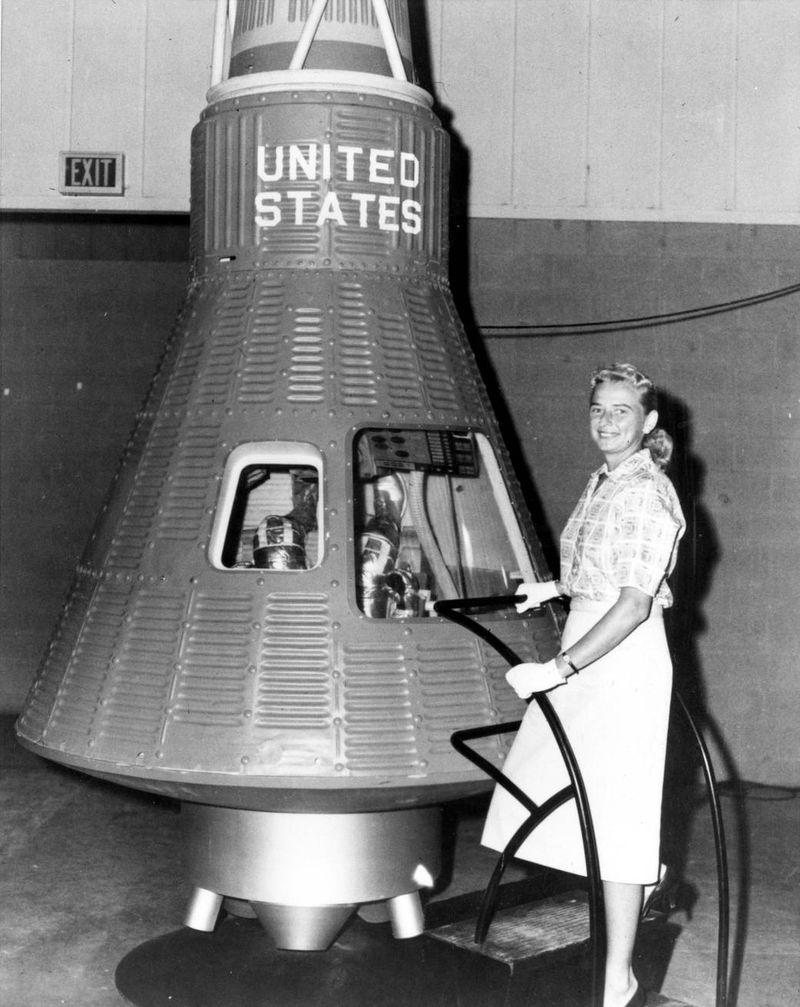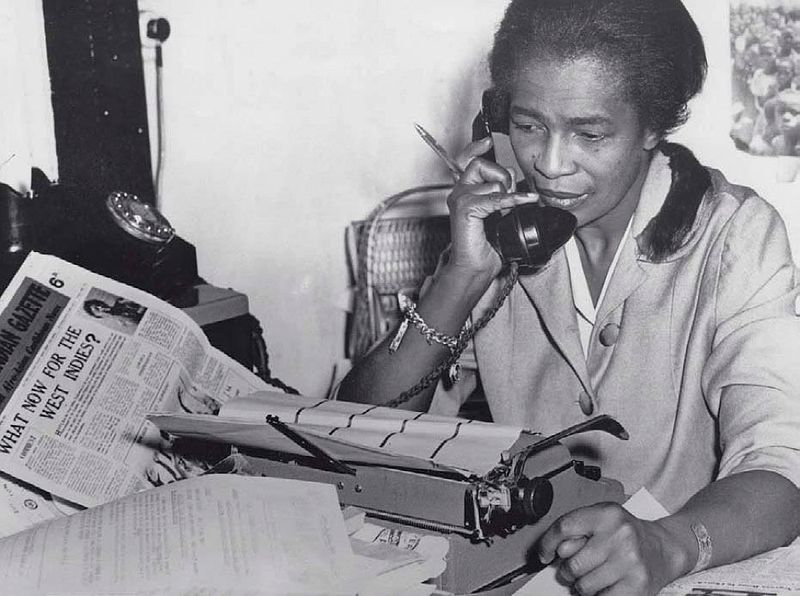History has a selective memory, often celebrating familiar names while leaving countless others in the shadows. These forgotten heroes changed the course of events through courage, innovation, and sacrifice, yet their stories remain buried due to bias, politics, or institutional neglect. From teenage revolutionaries to scientists whose discoveries were stolen, these remarkable individuals deserve to have their stories told and their legacies honored.
1. Robert Smalls: From Slave to Congressman
Born into slavery in South Carolina, Robert Smalls orchestrated one of the most daring escapes of the Civil War. In 1862, he commandeered the Confederate transport ship CSS Planter while its white officers slept, picked up his family and other enslaved people, and delivered the vessel to Union forces.
His bold action not only secured freedom for himself and others but provided valuable intelligence to Union forces. After the war, Smalls purchased his former master’s house and served five terms in Congress.
Despite these remarkable achievements, post-Reconstruction narratives deliberately minimized his contributions to maintain racist power structures.
2. Stagecoach Mary: The Fearless Mail Carrier
Mary Fields stood six feet tall, smoked cigars, and carried a shotgun alongside her mail bags. As the first Black woman to work as a U.S. mail carrier in the 1880s, she fearlessly protected her routes across the Montana wilderness, never missing a delivery despite blizzards, wolves, or bandits.
Born into slavery around 1832, she gained freedom after the Civil War and headed west, working first at a convent before securing her legendary postal position at nearly 60 years old. Local saloons even made exceptions to their “no women” policies just for her.
Though celebrated locally, racism and sexism relegated her remarkable story to regional folklore rather than national history.
3. Sybil Ludington: The Female Paul Revere
At just 16 years old, Sybil Ludington galloped through the night during a thunderstorm in 1777, covering twice the distance of Paul Revere’s famous ride. Armed with nothing but a stick to knock on doors, she alerted militia members of an impending British attack on Danbury, Connecticut.
Her 40-mile journey through dark woods helped rally enough Patriots to drive back British forces. Despite her extraordinary bravery, history textbooks rarely mention her name alongside Revere’s.
The daughter of a militia colonel, Sybil later married a lawyer and lived until 1839, her remarkable midnight ride largely forgotten until recent decades.
4. Vasily Arkhipov: The Man Who Prevented Nuclear War
During the tensest moments of the 1962 Cuban Missile Crisis, Soviet submarine B-59 was trapped by American warships dropping depth charges. The captain, believing war had started, ordered a nuclear torpedo launch—a decision requiring approval from all three senior officers.
Vasily Arkhipov alone refused to consent, likely preventing a nuclear exchange that would have escalated to global destruction. His cool-headed decision to say “no” potentially saved millions of lives.
The Soviet Union buried his story for decades, unwilling to celebrate an officer who had questioned authority, even when that questioning averted catastrophe. His crucial role remained unknown until declassified in 2002.
5. Chiune Sugihara: The Japanese Schindler
From his diplomatic post in Lithuania in 1940, Japanese consul Chiune Sugihara witnessed the desperate plight of Jewish refugees fleeing Nazi persecution. Against direct orders from Tokyo, he spent weeks hand-writing transit visas—sometimes working 18 hours a day, even continuing to sign documents from his train window as he was forced to leave.
His humanitarian defiance saved over 6,000 lives. Upon returning to Japan, he was fired from diplomatic service and struggled financially for years.
The Japanese government, uncomfortable with acknowledging wartime moral complexity, suppressed his story for decades. Many “Sugihara survivors” didn’t know their savior’s identity until the 1960s.
6. Hinton D. Alexander: The Voice That Built a University
Born into slavery in Tennessee, Hinton Alexander’s exceptional voice would eventually help secure the future of one of America’s most important Black institutions. After emancipation, he joined the legendary Fisk Jubilee Singers, a choral group formed to raise funds for struggling Fisk University.
The group’s tours brought spirituals to mainstream audiences while generating crucial financial support. Alexander’s powerful performances helped the singers raise enough money to purchase the campus land and construct Jubilee Hall, the first permanent structure for higher education of African Americans in the South.
His contributions faded from public memory until a historian accidentally discovered his unmarked grave decades later.
7. Claudette Colvin: The First to Refuse Her Seat
Nine months before Rosa Parks made history, 15-year-old Claudette Colvin refused to give up her bus seat to a white passenger in Montgomery, Alabama. Police dragged the teenage girl from the bus, handcuffed her, and jailed her while she recited her constitutional rights.
Despite her bravery, civil rights leaders decided not to use her case to challenge segregation laws. As an unmarried pregnant teenager, they feared she wouldn’t be seen as a “respectable” enough symbol for their movement.
Her testimony proved crucial in the landmark Browder v. Gayle case that ultimately ended bus segregation, yet history books continued to overlook her pioneering act of courage for decades.
8. Aristides de Sousa Mendes: The Consul of Bordeaux
As Nazi forces swept across Europe in 1940, Portuguese consul Aristides de Sousa Mendes faced an impossible choice: follow his government’s orders or save lives. Working frantically from his consulate in Bordeaux, France, he chose humanity, issuing thousands of visas to Jewish refugees and others fleeing certain death.
For three days and nights, he barely slept, personally signing documents that would ultimately save over 30,000 people. Portugal’s dictator Salazar responded by firing him, erasing his diplomatic record, and leaving his family of fifteen children in poverty.
He died in 1954, nearly forgotten, while many who escaped through his actions never knew his name.
9. The Kosciuszko Squadron: Poland’s Forgotten Aces
When Poland fell to Nazi Germany in 1939, its most skilled fighter pilots escaped to England, forming the legendary 303 Squadron within the Royal Air Force. These exiled airmen became the highest-scoring Allied fighter unit during the critical Battle of Britain in 1940.
Flying outdated Hurricane fighters, they shot down three times more German planes than the average RAF squadron. Their extraordinary skill and daring helped save Britain from invasion at a crucial moment.
After the war, political considerations led Allied powers to downplay Polish contributions as they handed Poland to Soviet control. Communist authorities further suppressed the squadron’s story, viewing these Western-allied heroes as politically problematic.
10. Rosalind Franklin: The Unacknowledged DNA Pioneer
In a dimly lit laboratory at King’s College London, Rosalind Franklin captured “Photo 51” – the X-ray diffraction image that revealed DNA’s double helix structure. Her meticulous work provided the crucial evidence that would unlock one of science’s greatest mysteries.
Without her knowledge or permission, her colleague showed her image to competitors James Watson and Francis Crick. They used her data to build their famous DNA model, publishing their findings in 1953 with only a passing acknowledgment of her work.
Franklin died of cancer at 37, never knowing how central her contribution had been. Watson, Crick, and Wilkins later received the Nobel Prize while her pivotal role remained underrecognized for decades.
11. Bayard Rustin: The Architect of the March on Washington
The 1963 March on Washington—where Martin Luther King Jr. delivered his “I Have a Dream” speech—was meticulously organized by a man deliberately kept behind the scenes. Bayard Rustin, a brilliant strategist and lifelong pacifist, orchestrated the logistics for 250,000 peaceful protesters in an era before cell phones or computers.
As an openly gay Black man in the 1960s, Rustin faced discrimination from all sides. Civil rights leaders, fearing his sexuality would be used to discredit their movement, often minimized his public role despite relying heavily on his expertise.
A devoted Quaker who had studied Gandhi’s nonviolent methods, Rustin’s fingerprints were on virtually every major civil rights demonstration of the era.
12. Merze Tate: The Groundbreaking International Scholar
Growing up in rural Michigan in the early 1900s, Merze Tate shattered educational barriers at every turn. Becoming the first Black American woman to attend Oxford University, she earned her doctorate in international relations in 1941, decades before such achievements were common for women of any race.
Her pioneering research on disarmament and colonialism challenged dominant Western narratives. As a professor at Howard University for over thirty years, she trained generations of diplomats and scholars while publishing groundbreaking works on global politics.
Despite her exceptional credentials and insights, academic gatekeepers routinely marginalized her work in favor of white male scholars, denying her the recognition her contributions deserved.
13. Mabel Ping-Hua Lee: The Suffragist Who Couldn’t Vote
At just 16, Mabel Ping-Hua Lee led thousands of suffragists on horseback through the streets of New York City in 1912. The Chinese immigrant became a powerful voice for women’s voting rights while pursuing her PhD in economics at Columbia University—a remarkable achievement for any woman of her era.
Despite her tireless advocacy, the 1882 Chinese Exclusion Act prevented Lee from becoming a citizen. When the 19th Amendment finally passed in 1920, granting women the right to vote, she remained disenfranchised.
Her extraordinary contributions faded from suffrage histories that prioritized white women’s narratives. Lee later established a community center in Chinatown, continuing to serve others until her death in 1966.
14. Fred Korematsu: The Man Who Fought Internment
When 120,000 Japanese Americans were ordered to internment camps in 1942, Fred Korematsu refused to go. The 23-year-old welder even underwent plastic surgery to alter his appearance before being arrested in California.
His legal challenge reached the Supreme Court, which upheld internment in a notorious 1944 decision. Forty years later, evidence emerged showing the government had deliberately suppressed intelligence reports confirming Japanese Americans posed no security threat.
Korematsu’s conviction was finally vacated in 1983, but the Supreme Court ruling technically remains valid law. His birthday is now officially recognized as Fred Korematsu Day in several states, though many Americans remain unaware of his courageous stand against racial injustice.
15. Marsha P. Johnson: The Revolutionary at Stonewall
When police raided the Stonewall Inn on June 28, 1969, Marsha P. Johnson helped ignite the resistance that launched the modern LGBTQ+ rights movement. A Black transgender woman living on the margins of society, she threw one of the first objects in protest against police harassment.
Despite her pivotal role, early histories of Stonewall and gay liberation often centered white gay men, erasing Johnson’s contributions. She later co-founded STAR (Street Transvestite Action Revolutionaries), providing housing for homeless LGBTQ+ youth.
Her mysterious death in 1992—found floating in the Hudson River after Pride celebrations—was hastily ruled a suicide despite evidence suggesting foul play. Only in recent years has her legacy received proper recognition.
16. The Radium Girls: Workers Who Changed Labor Law
They were told the radioactive paint was harmless—even encouraged to shape brush tips with their lips as they painted luminous watch dials during the 1920s. Soon, these young women began suffering horrific symptoms: their jawbones literally disintegrated, their teeth fell out, and cancer ravaged their bodies.
When the Radium Girls sought compensation, their employers launched smear campaigns, claiming they had contracted syphilis. Despite their deteriorating health, they fought through landmark legal battles that established crucial workers’ rights.
Corporate interests suppressed their story for decades to avoid liability. Their suffering ultimately led to the establishment of occupational safety standards that continue to protect workers today.
17. Mary Church Terrell: The Anti-Lynching Crusader
Born to formerly enslaved parents who became successful business owners, Mary Church Terrell used her privileged education to fight racial injustice. As lynchings terrorized Black communities across America in the late 1800s, she emerged as a fearless voice demanding federal intervention.
Fluent in multiple languages, she represented Black women internationally while co-founding the National Association of Colored Women in 1896. Her powerful speeches exposed American hypocrisy—fighting for democracy abroad while denying basic rights at home.
White suffragists often sidelined her concerns about racial violence to maintain Southern support for voting rights. At 86, she still led protests against segregated restaurants in Washington DC, fighting until her final days.
18. Gordon Parks: The Lens of Social Justice
Born into poverty and segregation in 1912 Kansas, Gordon Parks transformed a secondhand camera into a powerful weapon against racism. His unflinching photographs documented the harsh realities of American apartheid, from segregated drinking fountains to families struggling in government housing.
As the first Black staff photographer for Life magazine, he gained unprecedented access to millions of American homes. His intimate portraits of Malcolm X, Muhammad Ali, and everyday Black Americans challenged white audiences to confront systemic inequality.
Media gatekeepers often restricted which of his images reached the public, preferring less confrontational work. Beyond photography, Parks directed films including “Shaft,” composed music, and wrote novels, becoming a Renaissance man whose full impact remains underappreciated.
19. The Code Girls: America’s Secret Codebreakers
While men fought on battlefields during World War II, over 10,000 American women waged a different kind of war—against enemy encryption. Recruited from top colleges and small towns alike, these “Code Girls” deciphered Japanese and German military communications in secret facilities around Washington, DC.
Their cryptanalysis work shortened the war by years and saved countless lives. One team cracked the Japanese shipping code, enabling the U.S. Navy to sink enemy supply vessels and turn the tide in the Pacific.
Sworn to absolute secrecy for decades afterward, many never told even their families about their crucial contributions. Their groundbreaking work remained classified until the 1990s, denying them recognition during their lifetimes.
20. Zitkála-Šá: The Native American Rights Pioneer
Born on a Sioux reservation in 1876, Zitkála-Šá (Red Bird) experienced the trauma of forced assimilation at white boarding schools where speaking her native language was punishable by beatings. Rather than surrender her identity, she transformed pain into powerful advocacy.
A gifted writer, musician, and political activist, she published influential articles exposing the abuses inflicted on Native children. She co-founded the National Council of American Indians in 1926, fighting tirelessly for citizenship rights and cultural preservation.
Her story contradicted convenient manifest destiny narratives taught in American schools, which portrayed Native peoples as vanishing rather than actively resisting. Her works were systematically excluded from literary canons until recent decades.
21. The Mercury 13: The Women Who Nearly Reached Space
In 1961, thirteen extraordinary female pilots underwent the same rigorous physical and psychological testing as male astronauts. Many outperformed their male counterparts—Jerrie Cobb endured an isolation tank for over 10 hours, beating John Glenn’s record.
Despite their exceptional qualifications, NASA abruptly canceled the program. When the women petitioned Congress, NASA officials claimed “social problems” would arise from mixed-gender crews and that public opinion wasn’t ready for female astronauts.
The Soviet Union sent the first woman to space in 1963, while America waited until 1983. The Mercury 13’s story remained largely untold for decades, their capabilities dismissed because of gender rather than merit.
22. Walter Neisser: The Family Rescuer
As Nazi persecution intensified in 1930s Germany, Walter Neisser recognized the looming catastrophe before many others. Through methodical planning and relentless paperwork, this ordinary Jewish businessman created an extraordinary escape network for his extended family.
Working from his new home in Peru, he secured hard-to-obtain visas and affidavits for over 50 relatives scattered across Europe. His meticulous documentation, persuasive letters to officials, and financial guarantees opened narrow pathways to safety when most doors were closing.
Unlike more famous rescuers, Neisser’s story disappeared into family lore rather than history books. His quiet heroism represents countless unsung individuals whose personal rescue efforts saved lives amid bureaucratic indifference.
23. Claudia Jones: The Carnival Creator
Born in Trinidad and raised in Harlem, Claudia Jones combined revolutionary politics with cultural celebration. After facing imprisonment in the U.S. for her communist beliefs during the McCarthy era, she was deported to Britain in 1955 where she continued her fight against racism.
Following violent race riots in London’s Notting Hill neighborhood, she launched a Caribbean carnival to build community pride and cross-cultural understanding. Her creation evolved into the world-famous Notting Hill Carnival, now Europe’s largest street festival.
British authorities monitored her activities and censored her writings throughout the Cold War. She died in poverty at 49, her grave later placed beside Karl Marx in London’s Highgate Cemetery, though her cultural legacy lives on through carnival celebrations worldwide.

